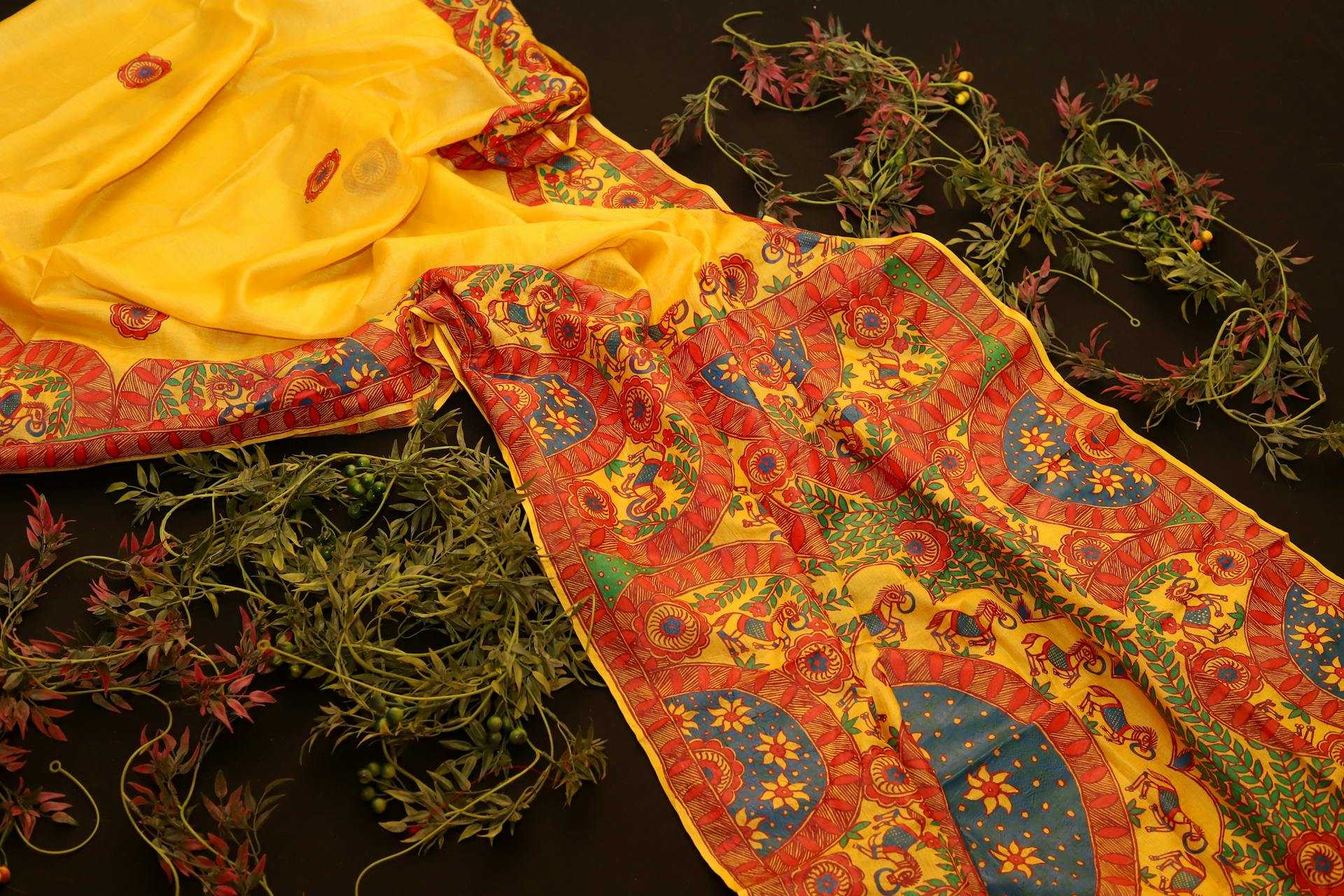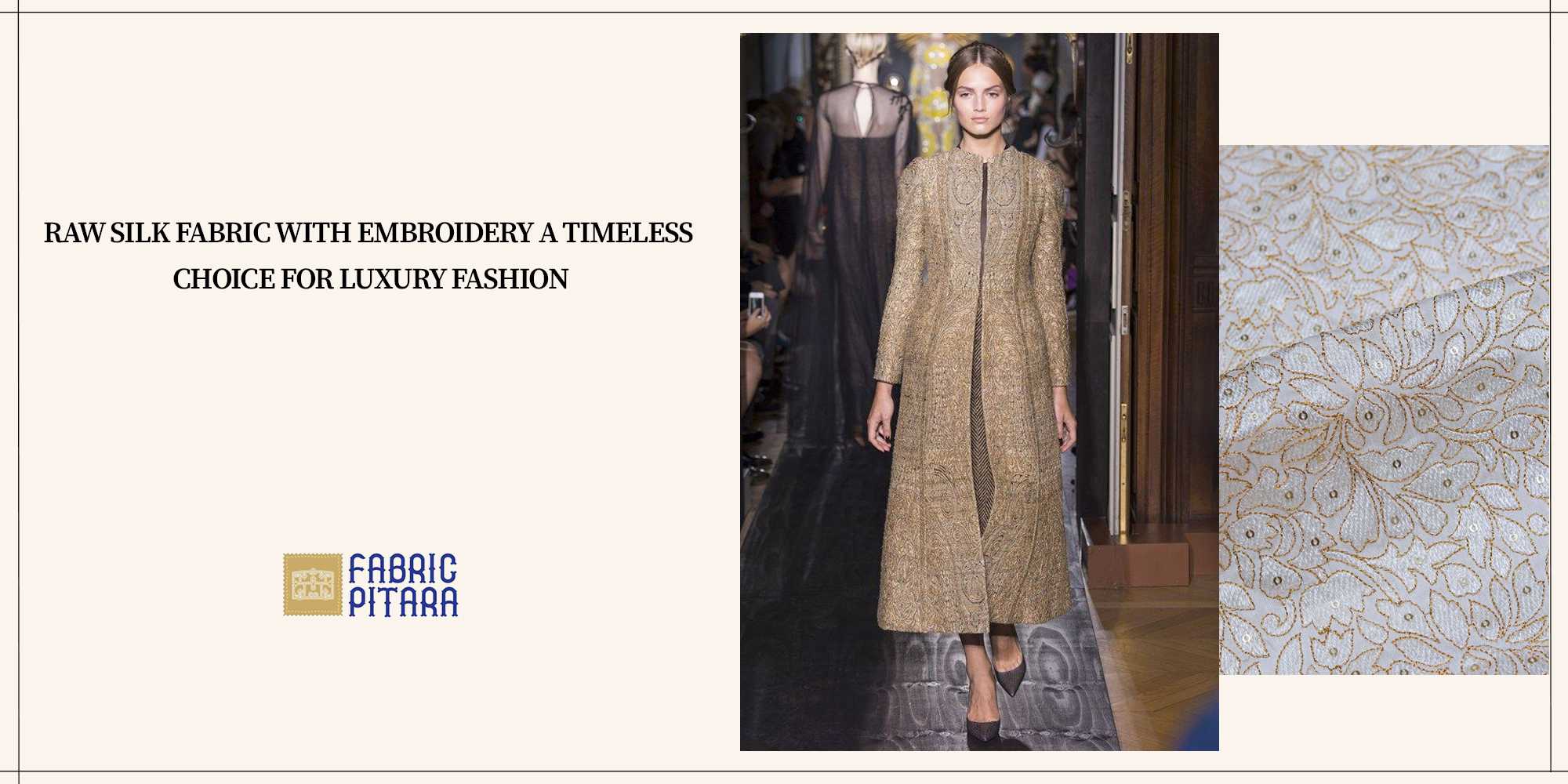
Muslin fabric traces its origins back to ancient times, with evidence of its use dating back to prehistoric civilizations. Initially made from cotton, this plain weave textile gained popularity across different cultures for its affordability and ease of production.


Evolution over time
Muslin fabric has undergone significant transformations throughout history, evolving from a simple utility cloth to a symbol of luxury and craftsmanship.
Early Origins
The origins of muslin fabric can be traced back to ancient civilizations, particularly in the Indian subcontinent. Historically, it was handwoven from fine cotton yarns by artisans using traditional looms. These early iterations of muslin were prized for their softness, breathability, and lightweight texture, making them ideal for clothing and household textiles.
Renaissance and Colonial Era
During the Renaissance period in Europe, muslin fabric experienced a surge in demand among the elite class. It was favoured for its sheer, almost transparent appearance, which was considered fashionable and desirable among the aristocracy. Muslin became synonymous with status and sophistication, often adorned with intricate embroidery and embellishments to enhance its allure.
Modern Revival
In recent decades, muslin fabric has experienced a revival in both fashion and interior design circles. Designers and consumers alike are drawn to its timeless elegance, versatility, and eco-friendly properties. Muslin's resurgence can be attributed to a growing appreciation for natural fibres and sustainable materials in an era of increased environmental awareness.
Properties of Muslin Fabric
Muslin fabric is prized for its unique combination of properties, making it a versatile and desirable material for various applications in fashion and interior design:
Lightweight and Breathable- One of the defining characteristics of muslin fabric is its lightweight nature. Made from finely woven cotton yarns, muslin is exceptionally airy and breathable, allowing for optimal airflow and ventilation. This property makes it ideal for warm climates and summer clothing, providing comfort and coolness even in hot and humid conditions. Additionally, its lightness lends itself well to layering, allowing for versatility in styling and outfit combinations.
Softness and Comfort- Muslin fabric is celebrated for its soft and gentle texture against the skin. The fine weave and high-quality cotton fibres create a smooth and luxurious hand-feel, enhancing the comfort of garments and textiles made from muslin. Whether used in clothing, bedding, or upholstery, muslin fabric offers a cosy and inviting touch that promotes relaxation and well-being.
Versatility in Design- Another key attribute of muslin fabric is its versatility in design. Its plain weave structure provides a neutral canvas for a wide range of creative possibilities. Muslin can be easily dyed, printed, painted, or embellished with various techniques to achieve desired aesthetic effects. Designers often use muslin as a prototype material in the fashion industry, known as "muslins" or "mock-ups," to test patterns, draping, and fit before cutting the final fabric. This versatility extends to interior design, where muslin fabric can be tailored to suit diverse decorative styles and preferences.
Durability and Longevity- Despite its lightweight construction, muslin fabric is surprisingly durable and long-lasting. The tight weave and high-quality cotton fibres contribute to its strength and resilience, allowing muslin to withstand regular wear and tear with minimal signs of wear. Proper care and maintenance can further prolong the lifespan of muslin fabric, ensuring that it retains its beauty and integrity over time.
Eco-Friendly and Sustainable- As a natural fibre derived from cotton, muslin fabric is inherently eco-friendly and sustainable. Cotton cultivation is generally less resource-intensive compared to synthetic fibre production, and muslin fabric biodegrades naturally at the end of its lifecycle, minimizing environmental impact. Additionally, cotton crops can be grown using organic farming practices, further reducing chemical inputs and promoting soil health. Consumers seeking environmentally conscious alternatives often gravitate towards muslin fabric for its renewable and biodegradable properties.
Translucent and Sheer- Muslin fabric is renowned for its translucent and sheer appearance, adding an ethereal quality to clothing and home textiles. Its delicate transparency allows diffused light to filter through, creating a soft and luminous ambience in interior spaces. This sheer quality also lends itself well to layering and draping techniques, allowing for dynamic and visually captivating designs in fashion and decor.
Applications of Muslin Fabric in Modern Design
Muslin fabric's versatility and aesthetic appeal make it a popular choice for a wide range of applications in modern design, spanning fashion, interior decor, and artistic creations:
Fashion Industry- In the fashion industry, muslin fabric serves several key purposes:
Prototyping and Pattern- Making Muslin fabric is commonly used by fashion designers as a prototyping material to create initial garment samples, known as "muslins" or "mock-ups." These prototypes allow designers to test patterns, experiment with draping and fit, and make necessary adjustments before cutting the final fabric. Muslin's lightweight and inexpensive nature make it an ideal choice for this stage of the design process, saving time and resources while ensuring the accuracy and quality of the final product.
Design Development- Beyond prototyping, muslin fabric also plays a role in design development and experimentation. Designers use muslin to explore new shapes, silhouettes, and construction techniques, allowing for creative exploration and innovation. Muslin's malleable nature lends itself well to manipulation and manipulation techniques, such as pleating, smocking, and gathering, resulting in unique and sculptural designs that push the boundaries of traditional fashion.
Fashion Shows and Runway Presentations- Muslin fabric is often featured prominently in fashion shows and runway presentations as part of the design process. Designers may incorporate muslin garments into their collections to showcase the evolution of their designs from initial concept to finished product, providing audiences with insight into the creative journey behind each piece. Muslin's understated elegance and versatility make it a versatile canvas for artistic expression, allowing designers to highlight the craftsmanship and attention to detail that defines their brand.
Interior Decor- In interior decor, muslin fabric finds its place in various applications:
Window Treatments- Muslin curtains and drapes are a popular choice for window treatments, thanks to their sheer and airy quality. Muslin's translucent nature allows natural light to filter through while providing a degree of privacy and softening harsh sunlight. Muslin curtains create an elegant and ethereal ambience in interior spaces, enhancing the overall aesthetic and mood of the room.
Upholstery and Soft Furnishings- Muslin fabric is also used in upholstery and soft furnishings, such as cushions, pillows, and throws. Its soft texture and lightweight feel make it a comfortable and inviting choice for furniture coverings, adding a touch of understated luxury to sofas, chairs, and ottomans. Muslin upholstery can be tailored to suit various design styles, from minimalist and contemporary to eclectic and bohemian, making it a versatile option for both residential and commercial interiors.
Decorative Accents- Beyond functional uses, muslin fabric is also employed as a decorative accent in interior decor. Muslin banners, wall hangings, and tapestries add texture and visual interest to walls, creating focal points and enhancing the overall ambience of the space. Muslin's neutral colour palette and soft drape make it a versatile backdrop for showcasing artwork, photographs, and other decorative elements, allowing for easy customization and personalization of interior spaces.
Conclusion
In conclusion, muslin fabric emerges as a timeless and versatile material that transcends the boundaries of fashion, interior decor, and artistic expression. Its lightweight and breathable nature, coupled with its soft texture and sheer elegance, make it a coveted choice for designers and creators seeking both aesthetic appeal and functionality. From its humble origins to its modern-day applications, muslin fabric continues to captivate with its ability to adapt to diverse design needs, whether as a prototype material in fashion, a delicate drapery in interior spaces, or a canvas for artistic experimentation. As sustainability and eco-consciousness take centre stage, muslin fabric stands out as a natural and renewable option that aligns with the values of conscientious consumers. In an ever-evolving landscape of design, muslin fabric remains a timeless classic, beloved for its enduring beauty, versatility, and endless creative possibilities.







